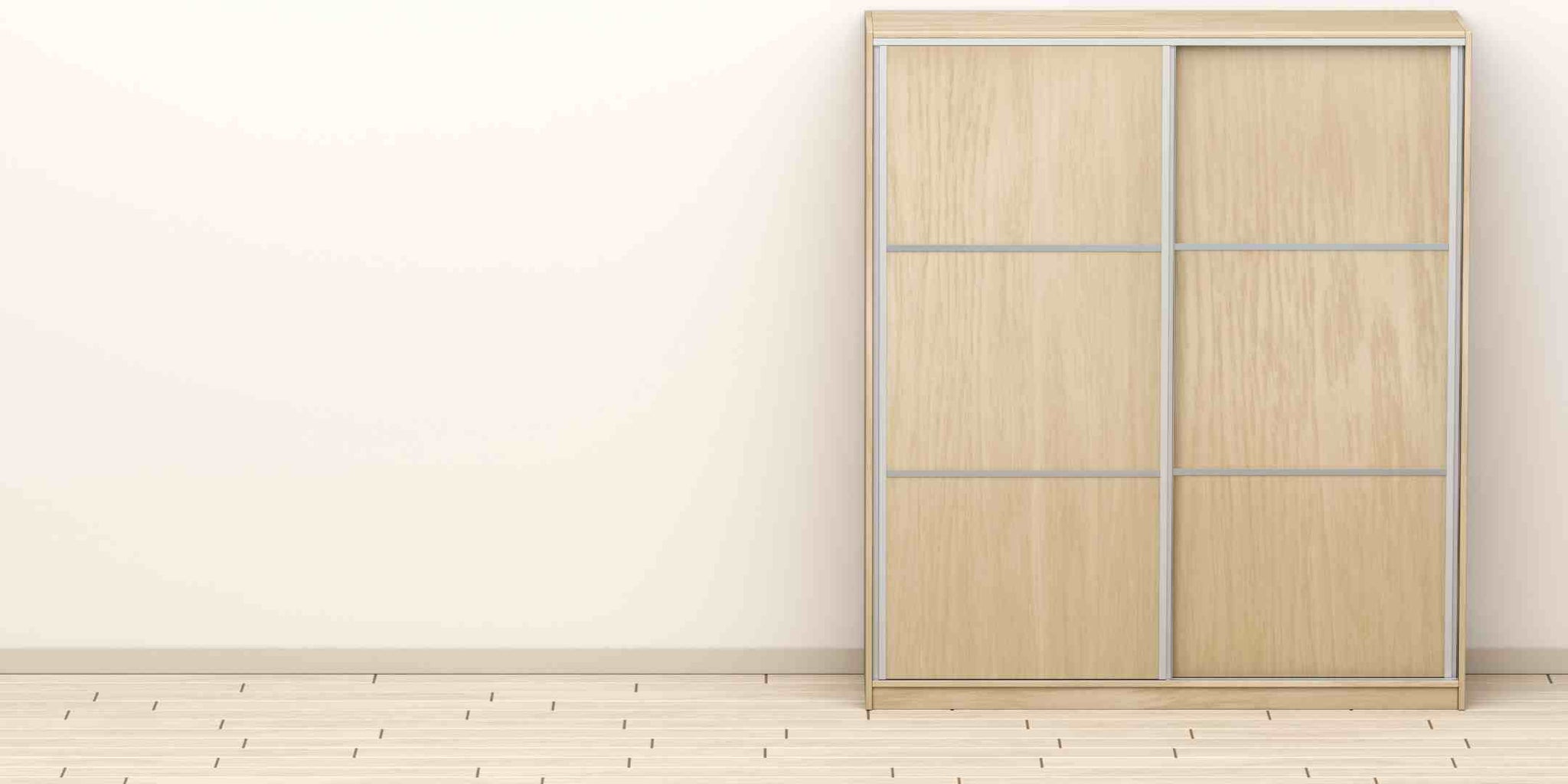When it comes to optimising storage solutions in small spaces, a sliding door wardrobe is often a top choice. Its sleek design and efficient use of space make it an attractive option for those with limited room to work with.
Let's explore the advantages and disadvantages of a sliding door wardrobe, compare it with an open door wardrobe, and offer styling tips for making the most of your compact living space.
Advantages of a Sliding Door Wardrobe

Space-Efficient Design
Sliding door wardrobes are space savers. Their doors glide smoothly along the tracks, eliminating the need for extra space to accommodate traditional swinging doors.
Aesthetic Appeal
The clean, modern look of sliding door wardrobes complements various interior styles. They come in a range of finishes and materials, allowing you to match them with your decor.
Organised Storage
These wardrobes often feature cleverly designed compartments, drawers, and shelves, promoting an organised and clutter-free space.
Mirrored Options
Many sliding door wardrobes include mirrored panels, which can visually expand your room and serve as a full-length mirror.
Disadvantages of a Sliding Door Wardrobe
Limited Accessibility
You can't access the entire wardrobe at once since only one side can be opened at a time. This may require some extra effort in organising your belongings.
Maintenance
Dust and dirt can accumulate in the tracks, affecting the smooth sliding motion. Regular cleaning and maintenance are necessary.
Sliding Door vs. Open Door Wardrobe: Which One is Ideal for Small Spaces?
In small spaces, a wardrobe with sliding door usually takes the lead. It saves floor space and has a more compact footprint compared to a traditional open door wardrobe. However, if you have ample room, an open door wardrobe offers easier access to your clothes and belongings.
How to Style a Sliding Door Wardrobe When You Have Limited Space
Keep it Minimal
When space is tight, every inch matters. To make the most of your sliding door wardrobe, it's crucial to keep it minimal. Avoid overcrowding it with items you rarely use.
Consider a capsule wardrobe approach, where you keep only the essential clothing pieces that you wear regularly. This prevents the wardrobe from turning into a chaotic storage space and helps you find your clothes with ease.
Use Mirrors
Mirrored panels on the doors can visually expand the room, creating an illusion of more space and reflecting natural light. This not only adds a touch of elegance but also contributes to a brighter and airier feel in your HDB space.
Add Lighting
Limited space can sometimes mean limited natural light. To combat this, consider installing LED lights inside the wardrobe. These lights not only make it easier to locate items within but also serve as ambient lighting for your room. They create a warm and inviting atmosphere, making the space feel more open and welcoming.
Coordinate with the Room
To achieve a cohesive and well-put-together look, ensure that your sliding door wardrobe's design and colour scheme harmonise with the rest of your room. This may involve selecting a finish or material that complements your existing decor. Whether your room has a minimalist, industrial, or classic style, the wardrobe should blend in seamlessly, becoming an integral part of the room's design rather than an afterthought.
Read More: A "His and Hers" Wardrobe: Organising for Couples
To Sum it Up
A sliding door wardrobe is an excellent choice for small spaces due to its space-saving design, aesthetic appeal, and organised storage options. With the right styling and organisation, a sliding door wardrobe can transform your compact space into a functional and stylish oasis.








